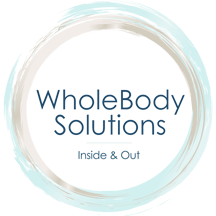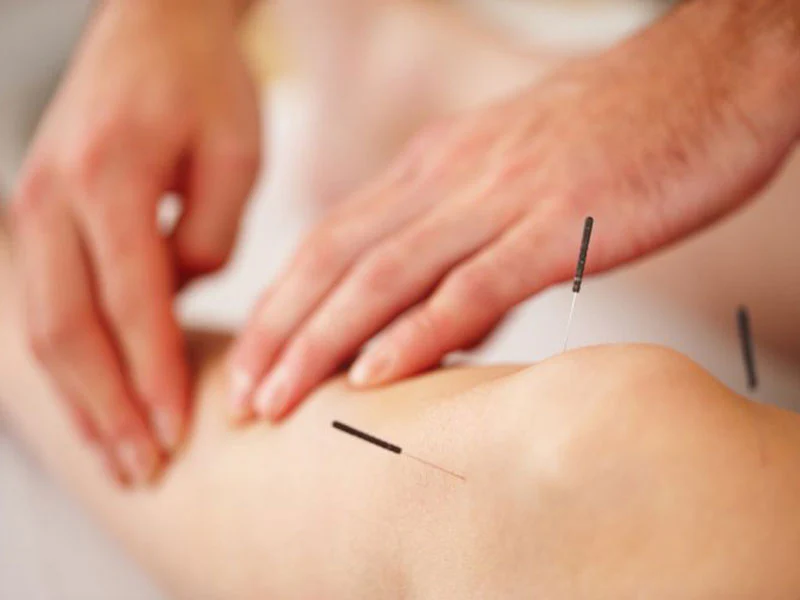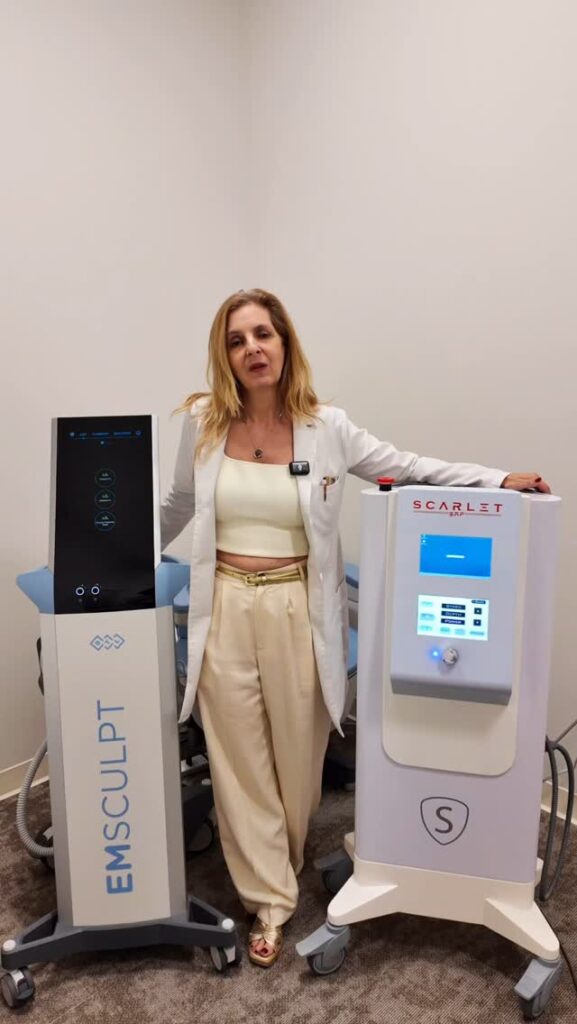Throughout the world, acupuncture is recognized as one of the best non-toxic treatment methods. Research has proven that it can be an effective method for treating a wide variety of health problems. Unlike other conventional methods, acupuncture targets the root cause of the problem, which causes dysfunction in various parts of the human body.
Acupuncture at a glance
Traditional Chinese medicine mainly revolves around the body as a cohesive system, with interconnected parts that all have the ability to affect others.
Within the body are major energy channels known as meridians. An energy known as “qi” (pronounced “chi”) circulates throughout the entire body, including our internal organs. This energy is what keeps us alive – vibrant health is equated to the unimpeded flow of energy throughout the body.
According to traditional Chinese medicine, pain and illness are caused by blockages located somewhere along one or more of the meridians. These blockages can slow down the flow of qi, (at times to a complete standstill).
Inserting thin needles into specific points along the meridian re-regulates the flow of qi, allowing the body to repair itself and operate on an optimal level. To complement the procedure, herbs and other methods such as cupping, moxibustion, and gua sha are used to enhance the healing effect.
A form of drug-free pain relief
In 2012, there were 29 published studies that involved nearly 18,000 participants which showed researchers that acupuncture had a significant effect in reducing chronic pain, compared to most sedatives, opioids, and prescription painkillers. Real acupuncture also showed better results compared to sham acupuncture treatments which suggests that benefits are more than just a placebo effect.
The studies were integral in helping collect raw data involving pain, standardizing various responses of participants, and analyzing and comparing results as a whole. Overall, researchers concluded that acupuncture had a “clean and robust” effect in treating neck pain, shoulder pain, back pain, headaches, and osteoarthritis.
Acupuncture reduces pain by boosting nitric oxide
In a study conducted by researchers at LA BioMed, a non-invasive device was used to sample biomolecules from specific skin regions. Through the device, they were able to determine that when acupuncture was administered correctly, nitric oxide was released at sites where needles were inserted.
Nitric oxide is a type of soluble gas, and a byproduct of amino acid L-arginine within the body’s cells. The gas acts as a support for normal endothelial function, and protects the mitochondria, a vital part of our cells.
Nitric oxide improves the flow of blood and lowers blood pressure by relaxing and dilating blood vessels. It also helps in facilitating the release of natural analgesics, or pain-relieving chemicals within the body. The release of this soluble gas demonstrates just one of the mechanisms whereby acupuncture works to relieve pain.
Blocking specific brain functions
In “The Science of Acupuncture,” a 2015 documentary from BBC, several researches conducted a new type of experiment testing the effects of acupuncture. Through the use of MRI imaging, they showed the effect of acupuncture on a person’s brain. The results were quite unexpected – the treatment deactivated certain parts of the brain, the limbic system in particular, reducing neuronal activity instead of creating an activating effect. The experiment also showed that inauthentic versions of acupuncture do not have this same effect.
Pain sensations are generated by the limbic system, which supports acupuncture’s unique effect – it can actually reduce a person’s experience of pain by shutting down deeper regions of the brain.


 Opened more than 30-years ago by Dr. Ann Doggett, WholeBody Solutions is a holistic wellness center whose mission is to provide the community with safe, effective, and natural answers to health and wellness concerns. Our all-encompassing wellness center focuses on the following drug-free services: Nutrition, Chiropractic, Acupuncture, and Weight Loss. Our goal is quite simple – to make sick people well and to keep healthy people healthy. It’s that simple and that powerful.
Opened more than 30-years ago by Dr. Ann Doggett, WholeBody Solutions is a holistic wellness center whose mission is to provide the community with safe, effective, and natural answers to health and wellness concerns. Our all-encompassing wellness center focuses on the following drug-free services: Nutrition, Chiropractic, Acupuncture, and Weight Loss. Our goal is quite simple – to make sick people well and to keep healthy people healthy. It’s that simple and that powerful.

